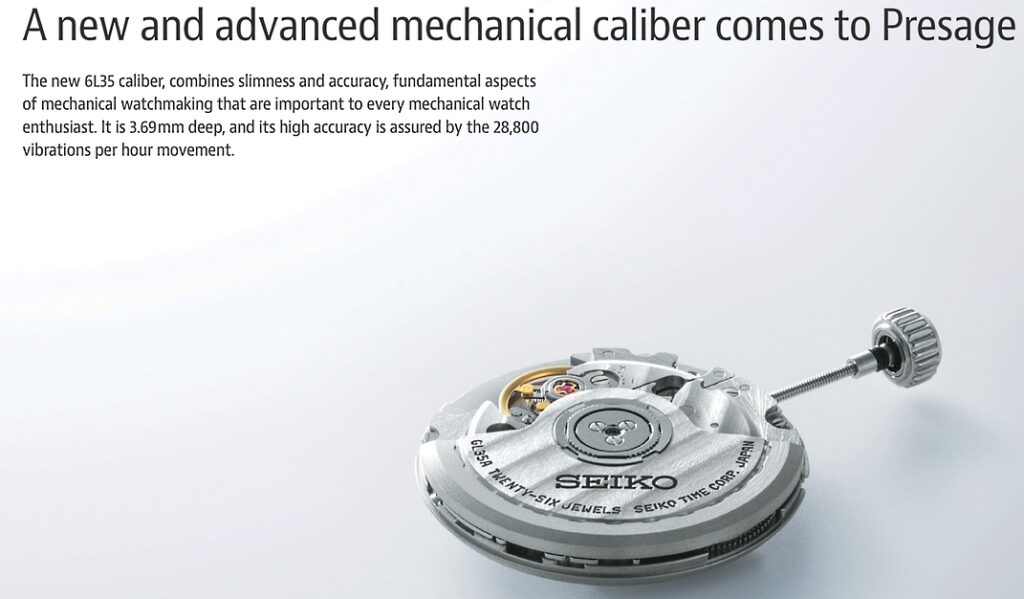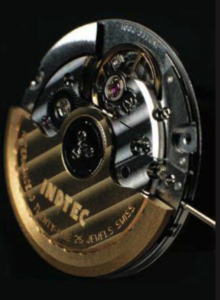Cal. 4L25 is a high-end slim automatic movement with date from Seiko. Produced from 2006 through 2008, it was the basis for the Seiko 4L/6L family and the same design was used for the Soprod A10 family of Swiss movements. It is exactly the same size as the popular ETA 2892A2, and has similar specifications as well, though the design is completely different. It is similar to Cal. 4L75 and 6L35.
Cal. 4L25 was only used in a few watch models in the SARA line:
- 2006-2007 Seiko Mechanical SARA001
- 2006-2008 Seiko Mechanical SARA003
- 2006-2008 Seiko Mechanical SARA005
- 2007-2008 Seiko Mechanical SARA007
- 2007-2008 Seiko Mechanical SARA009
- 2007-2008 Seiko Mechanical SARA011
- 2007-2008 Seiko Mechanical SARA013
Note that the unrelated 2018 SARA015 used the similar Cal. 6L35.
Seiko 4L/6L Family History
The Seiko 4L/6L movement family is extremely rare, having only appeared in three versions in upscale and rarely-seen watches. The first member of the family, Cal. 4L25, was listed in the Seiko catalog from 2006 through late 2008 in the SARA watch line. Cal. 4L75, an upscale version, appeared in 2007 in the Credor Signo and Node lines and was retired in 2013. These differed only in accuracy (-15/+25 vs. -10/+15) and finishing. The movement returned in 2018 as Cal. 6L35, briefly used in a limited-edition Presage model, before returning to full production for Credor’s GCCD line in 2019 as Cal. 6L75.
There is no question that Seiko was working on this movement much earlier, however. It was talked about in the early 2000s, and Soprod began using the design as the basis for their Alternance 10 family in 2004. The movement continues to be produced by Soprod as Cal. M100, making it likely that far more Swiss offspring have appeared than Seiko-branded models.

